Putting Safety into Practice: Aurora’s Safety Approach
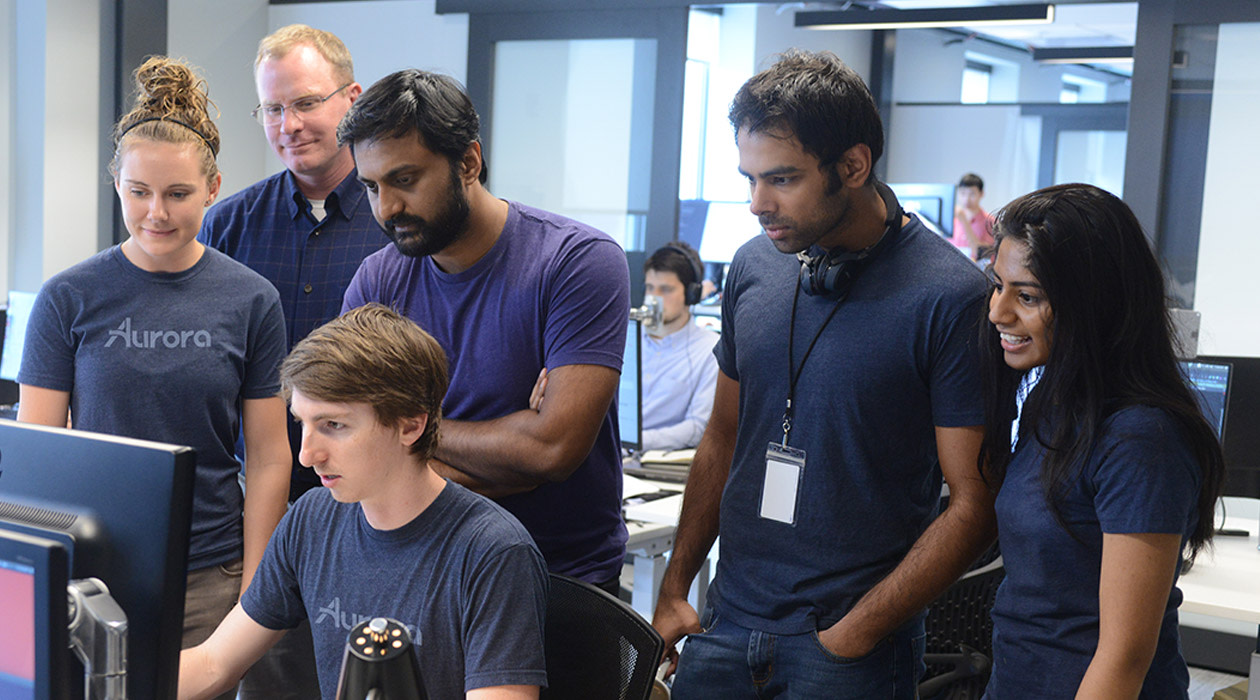
By Chris Urmson
Today at the World Safety Summit, I laid out a four-part framework for how we as an industry should be thinking about safety. A version of my comments are below.
Since my DARPA days, I’ve seen a lot of what works, and what doesn’t. This includes everything from the technology itself, to building teams and cultures that allow us to tackle these incredibly complex challenges.
Our industry has also seen incredible advancements in computing, sensor technology, and deep learning techniques. These advancements have significantly changed how we are able to safely and efficiently build technology that is robust, reliable, and ultimately safer than a human driver.
But none of this matters if we don’t develop this technology safely. In our business, safety isn’t just a theoretical concept or a talking point we put on our website. We have human lives in our hands, and that’s something we should never forget.
How should we — the public, the industry, the government, and the media — think about safety?
At Aurora, our mission is to deliver the benefits of self-driving technology safely, quickly, and broadly. There’s a reason that safely comes first in our mission. Safety is at the core of all the work that we do. Given the depth of our experience in the space — in areas like artificial intelligence, robotics, and computer vision — we know that doing the hard, foundational work first is the best, and only, way to ensure the Aurora Driver is safer than a human driver. (For detailed information on our safety practices, here’s our Safety Report.)
Here’s a four-part framework for how we think about safety at Aurora and what we as an industry can do:
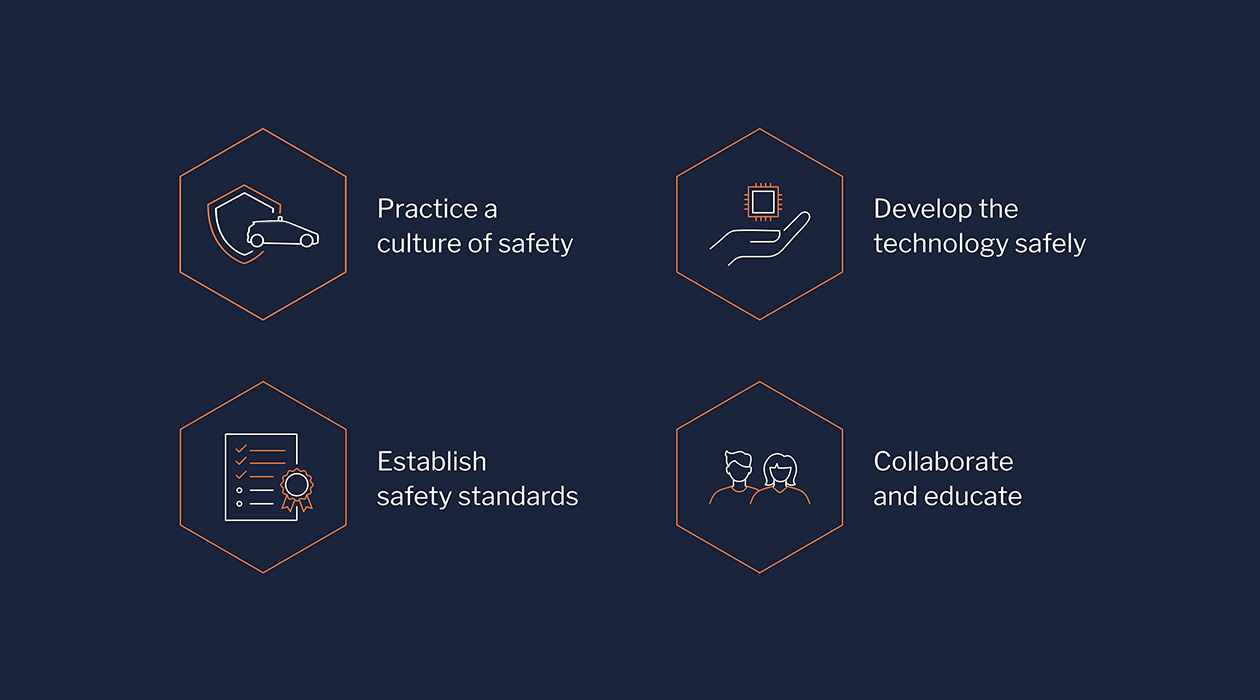
In this post, I’ll walk through each of these areas briefly, and offer a quick example of how we put this into practice at Aurora.
I. CULTURE: Practice a culture of safety
Safety is a mindset and must be front and center in everything we do. It all starts with creating and maintaining a culture of safety — ensuring teams operate with integrity and make decisions that put safety first. We start by hiring people we trust, and showing employees from day one that safety is critical to every decision a company makes.
At Aurora, we have a grounding policy where all Aurora employees, from founders to engineers to vehicle operators and business analysts, are empowered to ground the fleet if they identify something they consider a safety risk. While we provide guidance on what is considered a candidate for a grounding event, we encourage everyone to use their own judgment, and err on the side of caution. Employees learn about this grounding policy during their first day at Aurora. And it’s a policy employees feel comfortable using.
This is part of a bigger cultural focus — employees need to feel empowered to speak up from the beginning. As one of our engineers has said, “Safety is a process and it’s an attitude. It’s a willingness to hear reservations and objections from colleagues and to treat them all with the attention they deserve.” And as another said, “Your safety approach has to be baked in from the beginning and it can’t be grafted on at the end. This is something that everyone at Aurora takes incredibly seriously, especially because for a lot of these folks, it’s not their first, but rather their second, third, fourth time around in this problem space and this domain.”
A strong safety culture also means giving teams the space and time to think deeply about hard problems. We offer our teams a set block of time each day where engineers can focus, without meetings or distracting notifications. In Pittsburgh, we call it Maker Mornings and in California, we have Innovation Afternoons.
II. TECHNOLOGY: Develop the technology safely
With the right culture in place, developing and testing our technology safely becomes second nature. This means building tools specifically to develop self-driving technology, and questioning the status quo to find safer ways to work.
At Aurora, virtual testing is a critical component of how we develop and test our technology safely and efficiently. We resist the urge to put more and more cars on the road in an effort to ramp up on-road miles. Instead, we use on-road testing to validate our virtual tests.
When we are on the road, we always have two vehicle operators in our cars at all times. These expert human drivers are full-time employees and integral to our team. They undergo an intensive six-week training program when they begin, and continued training each week. Our vehicle operators ensure safe vehicle-testing operations, provide feedback to the development team, and execute test data collections for mapping and labeling.
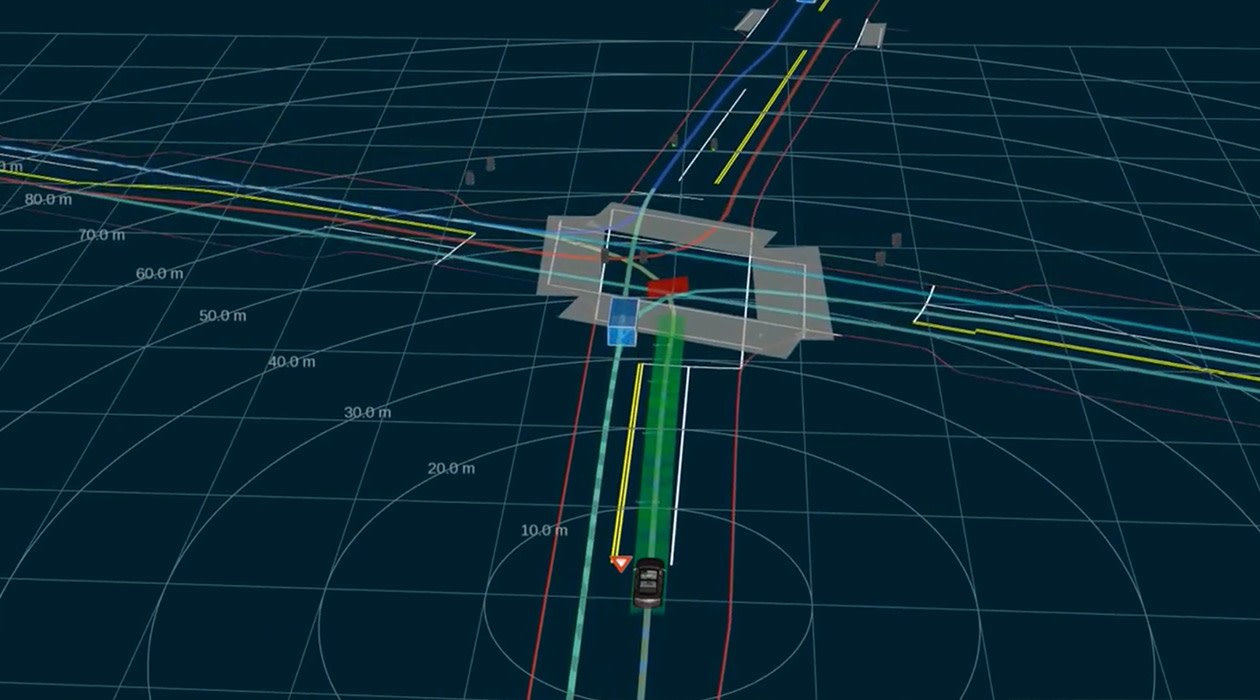
III. METRICS: Establish safety metrics
As an industry, we need to measure our work against the highest safety standards. To do this, we first need to put these metrics into place.
At Aurora, we’ve made a commitment: We won’t deploy our self-driving vehicles on public roads without human safety drivers until our technology is safer than a human driver. Which begs the question, what does safer than a human driver actually mean? Answering this question has led us to undertake a rigorous analysis of what constitutes safe driving behavior.
To define a risk target, we are using NHTSA databases that look at car crashes caused by human error. This enables us to understand how frequently incidents occur, under what conditions, and the contributing factors. We can use this data to help us define our better-than-human criteria within our Operational Design Domain. This is one component of our work and we continue to focus on identifying these metrics.
IV. COLLABORATION: Educate and engage
None of us in this industry can do this alone. It’s our job to educate the public about how this technology will impact our lives and our cities, and also share information about how it’s currently being tested. This might mean hosting educational events with communities, or making sure we use the right terminology to describe driver assist systems vs. self-driving ones.
We also need to partner with the government to put regulations in place that keep citizens safe, while also encouraging rapid innovation.
As an example, there is currently a patchwork of regulations governing how humans should drive — and they often vary from state to state. Self-driving technology can save even more lives if states and cities can come together and work with industry groups to agree on consistent standards and metrics. We have begun to work with federal and state regulators to brainstorm ways to bring the states and communities together to standardize current road rules.
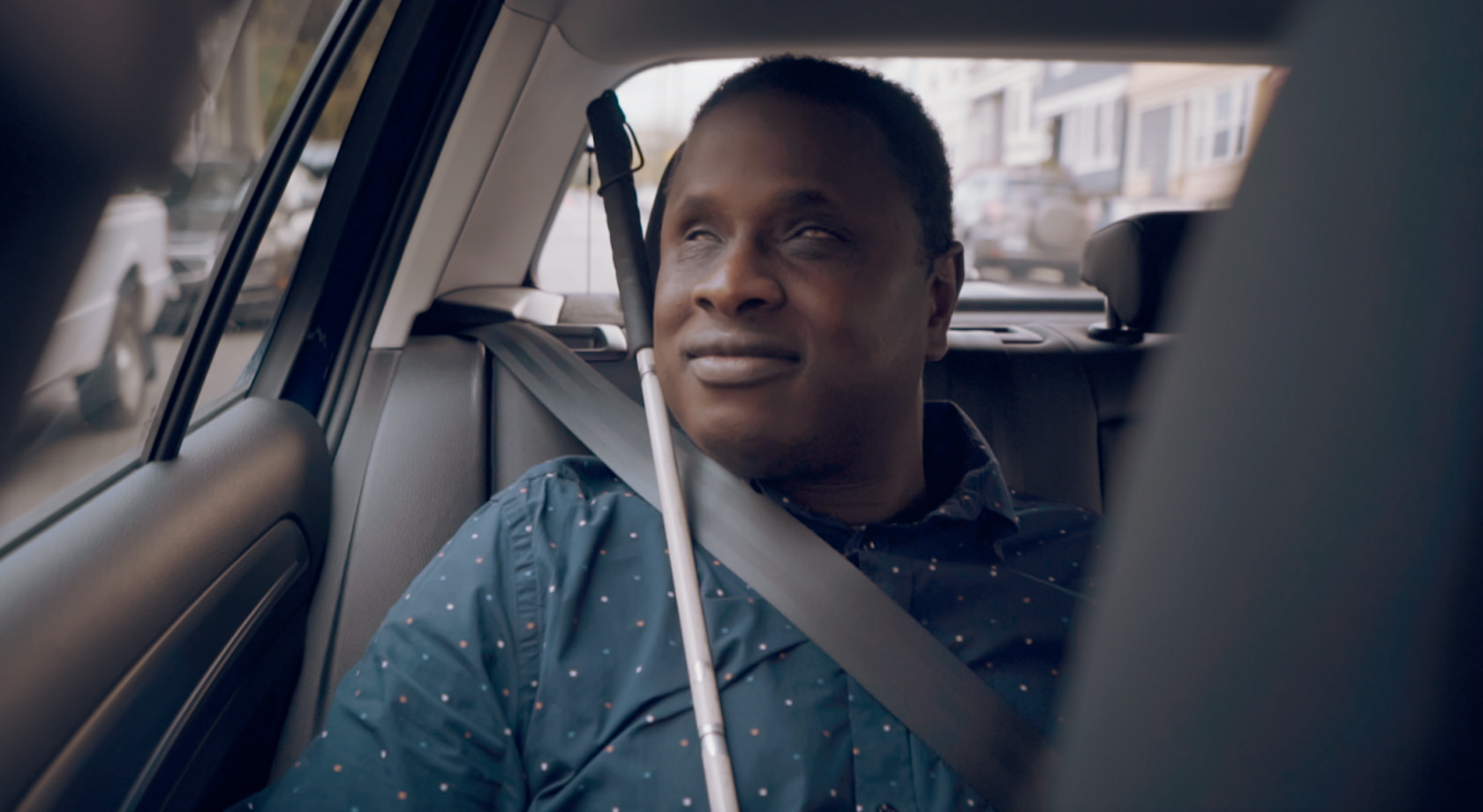
So what does the future look like?
We expect to see small-scale deployments of self-driving vehicles in the next five years, and then see the technology phase in over the next 30 to 50 years. Moving goods and delivering packages will be one of the first and most efficient uses of this technology early on. You’ll also see self-driving vehicles moving people, likely via ridesharing services in densely populated urban environments.
When this technology is on our roads, it will have an incredible opportunity to save lives, make our roads safer, give more people access to mobility, and reduce congestion and pollution in cities — improving the quality of life for all of us.
But that only becomes possible when we all put safety first.
— Aurora is delivering the benefits of self-driving technology safely, quickly, and broadly. We’re looking for talented people to join our team.
Related (06)
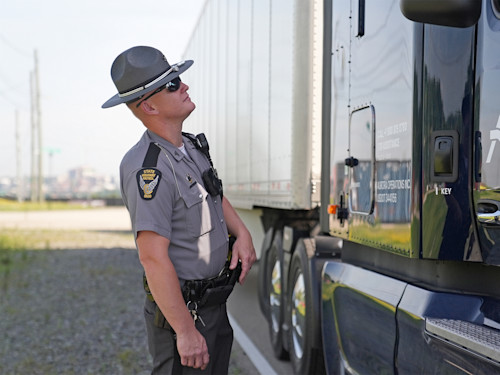
October 27, 2025
Honoring First Responders: Working Together to Keep Our Roads Safe

October 22, 2025
Guiding the Industry: Aurora's Expertise Raises the Bar for Safe AV Commercial Operations
October 9, 2025
An Update on Warning Beacons
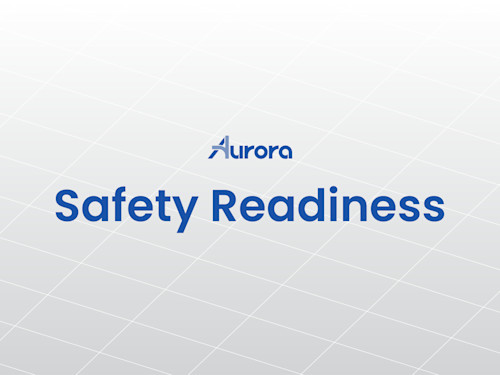
April 10, 2023
Stories from the road: Safety readiness case studies
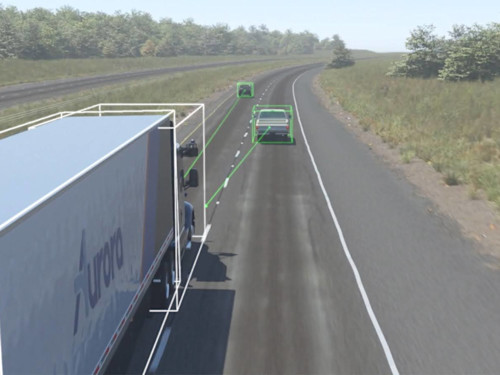
December 18, 2023
Preventing Fatal Collisions: How the Aurora Driver Expects the Unexpected
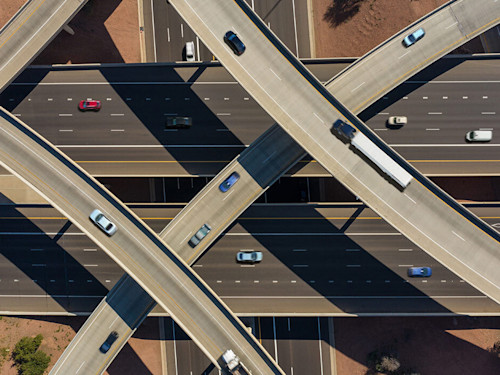
April 6, 2021